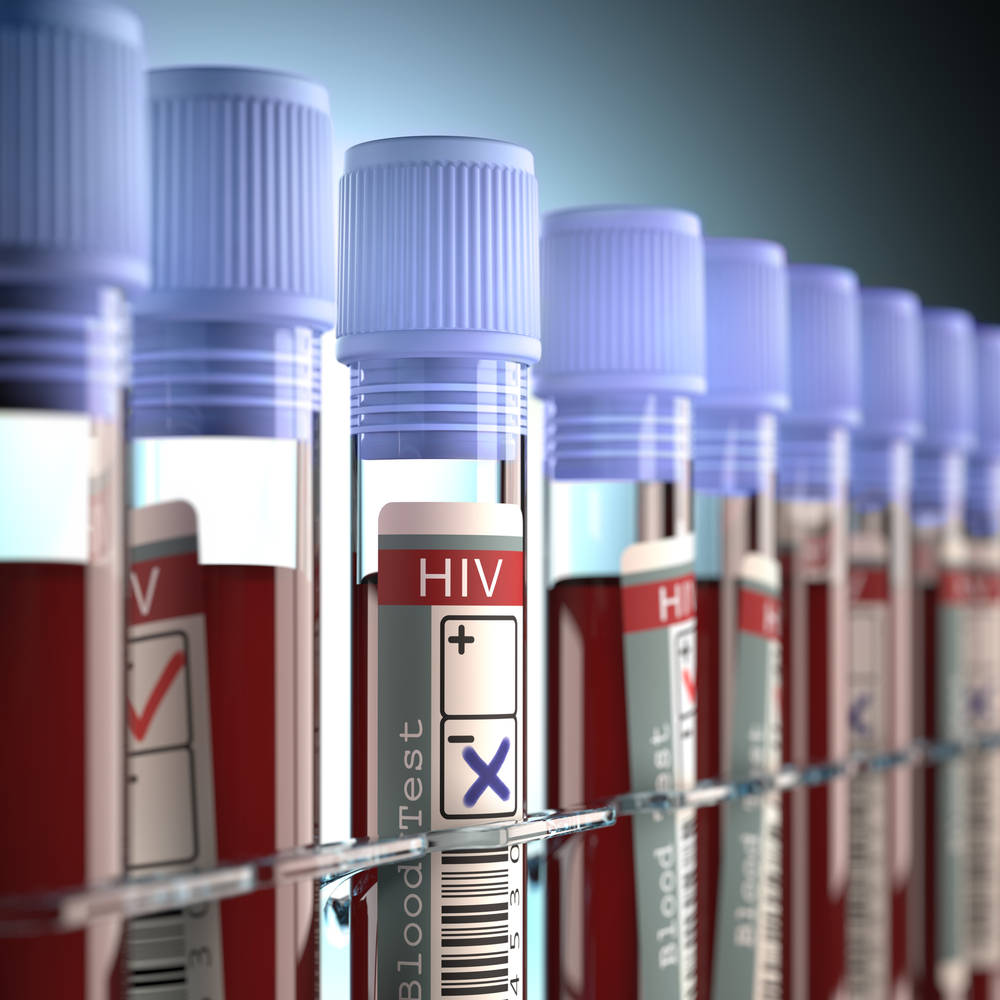Individuals with human immunodeficiency virus (HIV) seem to have higher rates of lymphoma development, especially grade B-non Hodgkin lymphomas (NHL). However, these lymphomas, which are also the most common types of lymphomas in the general public, have declined their prevalence in HIV-infected individuals following the introduction of combined antiretroviral therapy (cART). Alternatively, HIV-infected individuals also have higher rates of developing Hodgkin’s lymphomas, although its prevalence has not declined with cART.
Intrigued by the difference between these lymphomas subtypes, a group of researchers from France conduced a study, “High Risk Features Contrast with Favorable Outcomes in HIV-associated Hodgkin Lymphoma in the Modern cART era, ANRS CO16 LYMPHOVIR Cohort,” which was published in Clinical Infectious Diseases, to analyze the rate of occurrence, characteristics, and outcomes of classical Hodgkin’s lymphoma (cHL) in HIV-infected patients during the era of cART.
In the cohort of 159 patients with newly-diagnosed HIV-associated lymphoma, 43% had Hodgkin’s lymphoma, with only one patient diagnosed with stage I nodular lymphocyte predominant Hodgkin’s lymphoma and not cHL. All but one patient had received cART, and the majority were still on the therapy.
There were another 336 lymphoma patients involved in the study who were HIV-negative. The researchers noted a stark contrast in the characteristics of the two groups of patients. For all measured risk factors, HIV-positive patients had much higher risk features. However, there was no significant differences in two-year progression free survival between HIV-positive and HIV-negative cHL patients.
One reason why lymphomas develop in HIV-infected individuals treated with cART is the high count of CD4 T-cells in patients’ blood. Counts can be as high as 50 to 350 CD4 cells per microliter of blood. With such high numbers of immune cells, it is easy for lymphomas to develop. The patients in this study may have been especially predisposed to develop lymphoma as a consequence of their median count of 387 per microliter.
It is important to study characteristics and causes of lymphomas in HIV-infected individuals, as the five-year overall survival rate of HIV-positive lymphoma is 61%. This is in stark contrast with a HIV-negative rate of 88%. Finding connections among HIV, CD4 cells, and lymphomas may help generate new medicines that can be tested and brought to the clinic.


